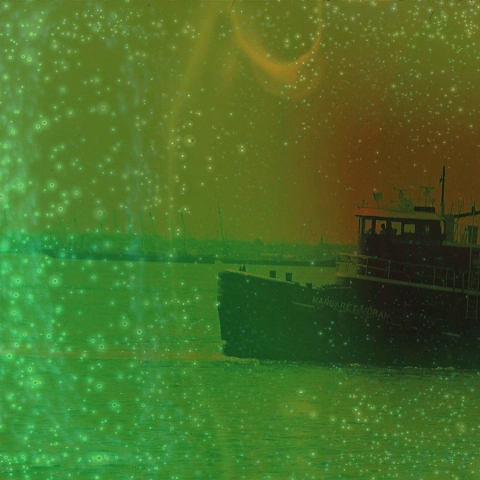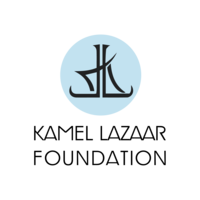Based on a process of altering the colour, contrast, quality and the images produced using different formats of film, which I have been working with for the last few years, this research seeks to take this process in new directions and to create a better understanding of its results.
The process, which I like to call "film pickling", is based on exposing the film to one or several household chemicals with different pH levels at a time. Through an elaborate process of changing the acidity of the film then fixing the outcome, the results vary based on the film brand, its sensitivity, the chemicals it has been exposed to and the period of exposure.
One of the most common results in almost every film type I have used is a dominant colour in each roll. The colours vary in hue and intensity from purple to yellow, green, turquoise, blue, red, and orange.
The intention of conducting this research is not to produce an artwork or a project, but rather it is part of an ongoing interest in finding new tools within a dying medium that could generate an outstanding number of effects. The results will hopefully produce knowledge that could contribute to future projects, where film in any of its forms – be it for still or moving image – is used.
The research will build upon an understanding of the process, which has contributed to two of my recent works. The first, A 240 Second Analysis of Failure and Hopefulness (with Coca-cola, vinegar and other tear gas remedies), 2012, (160 color slides and 2 synchronized Kodak slide carousel projectors. 240 sec) saw the images presented as two overlapping slide projections, adding another layer to the colour alteration of the original image. In the second, Investigating the Color Spectrum of a Post-Apocalyptic Future Landscape, 2013 (80 slides and slide projector) new chemicals and film types were used while the method was slightly moved in a different direction. Using the same process to experiment with 16mm film, the outcome was - similarly to slide film - a dominant colour throughout the whole film reel which was interrupted by deliberate light leaks. The degradation the chemicals caused to the film produced dots, liquid drips and other forms of image manipulation, which were unique to every film frame, creating an abstract animation upon the original scenes as the film advanced rapidly from one frame to the next.
This additional research will look at the possibility of experimenting with new film types, formats and chemicals, creating prints from negatives and positives produced through pickling and how the radiant colours respond to different paper types and printing methods. The research will also further explore the different visual effects connected to pickling 16mm film and medium format film for still photography.
About the artist

